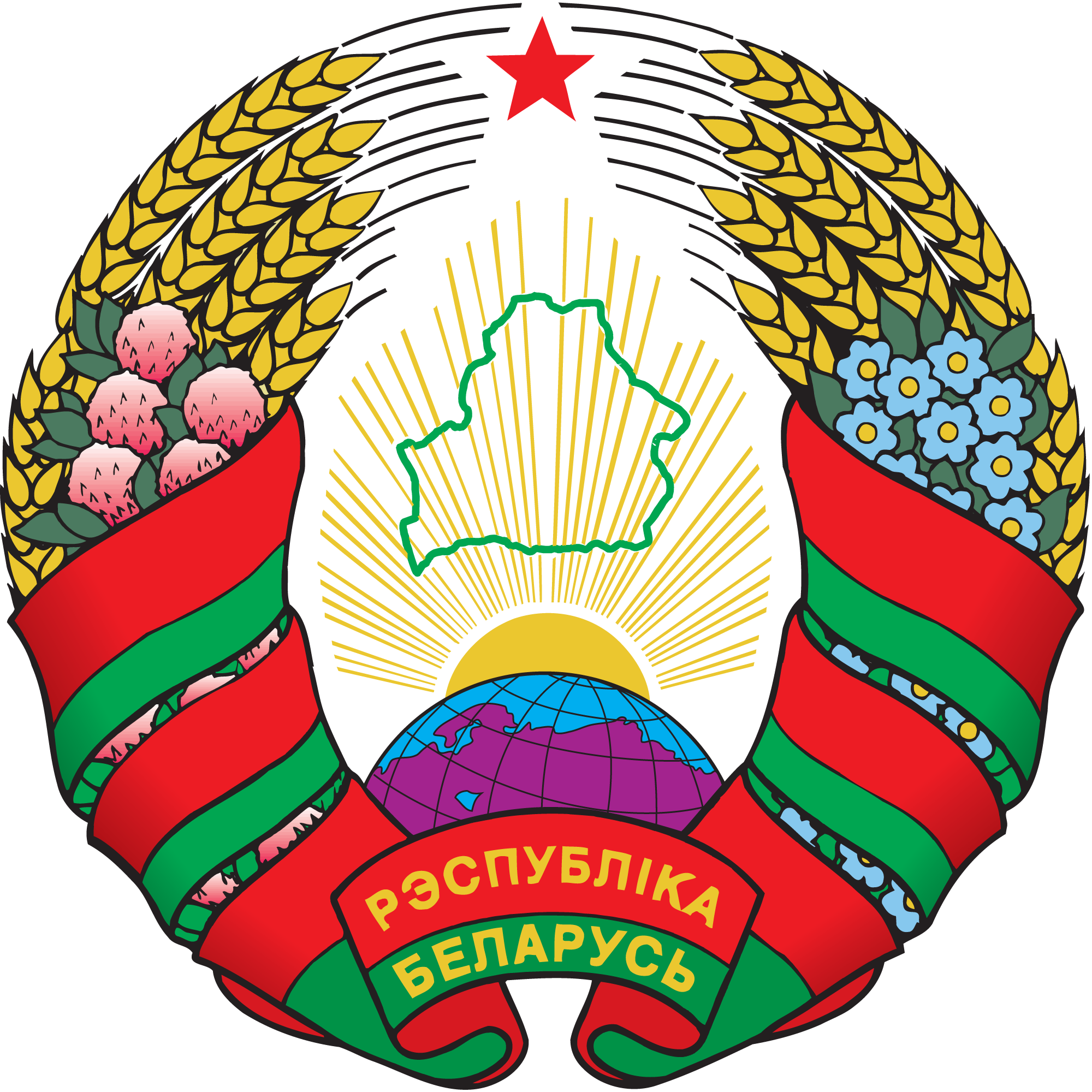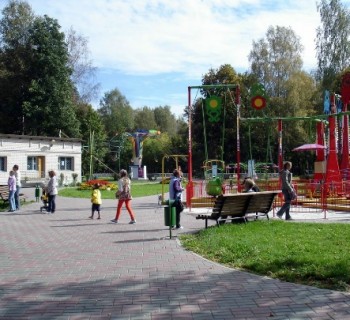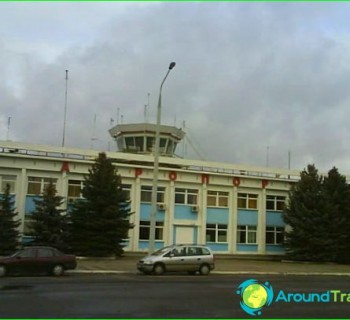Coat of arms of Belarus

Any, even the smallest country is proud of its state symbols. But the official coat of arms of Belarus is still the subject of disagreements between the authorities and the opposition, which categorically does not want to accept a sample left over from Soviet times as the main symbol of the country..
Current country symbol
At the moment, the description of the coat of arms of Belarus is fixed in the law «On the state symbols of the Republic of Belarus», adopted in 2004. It is quite complex and has the following details:
- the country border marked with a green outline;
- the globe and the rising sun as a symbol of prosperity;
- wreaths, on the right - from ears and flowers of flax, on the left - from ears and clover;
- red-green ribbon with an inscription in Belarusian - «Republic of Belarus» (its ends are wrapped in wreaths);
- a five-pointed star that is centered at the top.
The previous similar coat of arms was adopted in 1950, its author is Ivan Dubasov. In the twentieth century, the Belarusian main symbol changed dramatically several times.
Independence Day
In 1991, after the collapse of the USSR, Belarus finally gained independence, new state symbols were introduced in the country, including the flag, anthem and coat of arms. In fact, they were not completely new, on the contrary, it was a kind of excursion into distant history, the use of medieval symbols emphasized the connection between generations and times, and, above all, referred to the times of the Grand Duchy of Lithuania.
The state emblem had its own name «Chase» and was an image of an armed rider in silver on a red shield. In his right hand is a sword, in his left is a shield decorated with the image of a golden cross with six ends. The authors of the new coat of arms were famous Belarusian artists Vladimir Krukovsky and Yevgeny Kulik.
As a result of a referendum held in the country in 1995, the coat of arms of the Byelorussian SSR was returned, to which minor changes were made..
Back to the Future
After the October Revolution and the formation of the Byelorussian SSR, the question arose about the acquisition of new symbols by the republic. In 1920–26. the coat of arms was similar to the coat of arms of the Russian Federation. In 1927, a new form was approved, which is very close to the modern one. The highlight was the inscription «Workers of all countries, unite» in four languages - in addition to the Belarusian language, also in Russian, Polish and Yiddish.
In 1938, inscriptions in Polish and Yiddish disappeared, and boxes were depicted instead of flax flowers. In addition, a sickle and a hammer were present on all types of the Belarusian (Soviet) coat of arms, but several times in history their color changed from gold to silver, and vice versa..


